Hello Telemark Tribe,
I was contacted by CANSI, the Canadian Association of Nordic Skiing Instructor to write a paper to my fellow instructors. Unfortunately, it never got published so I taught I could share it here.
Here is what I wrote for my fellow teachers.
—
When I teach telemark skiing, my number one objective is for every student to retain a clear learning objective and to know precisely how to achieve it.
Too many times, I have taken the wrong approach by trying to have my students find instant results with advice such as: “Do this, move like that…” Sometimes it works. But often, it does not.
As telemark skiing instructors, we want to give our students several tools to achieve a given movement. Our goal is for them to be confident in the way they improve.
Introduction— The Absolute Telemark Way:
Every time I meet with students, I want to know two things: What they feel good about (their Positives) and what they want to improve (Their Objectives).
The positives
First, I will ask them about their experience, their strengths and what they have improved on recently. My goal is to quickly assess their mental game, because learning starts in one’s head. I am looking for positive thoughts. I will ask about things that they feel good about:
- Types of terrain (groomers, steeps, trees…)
- Types of turns (short, long, speedy or not…)
- Types of telemark stance (low, active, high…)
I only ask specific questions if they cannot seem to bring positive ideas. I want to know what makes them feel good before what they want to improve.
If they are new to telemark skiing, I will ask them about their skiing or snowboarding abilities, or other sports they practise.
The Objectives
Subsequently, I will ask them about their expectations and what they hope to improve.
All this takes about three minutes. If I have a large group of students, I will shorten this part and go for a direct question:
“Describe your telemark skiing experience and comfort level.”
Once I have compiled everyone’s input, the lesson starts.
I could go many ways from here, groups, first timers… But for this article, we will use the example of a one-on-one lesson with an experienced telemarker searching to improve.
Initial Approach
We start with a warm up run. I will lead for the first third of the way. Then, I will stop to see how my student is doing. I will then let them take the lead so that I may assess these points:
- What is making them waste energy?
- How is their body balanced?
- What path or choice of lines do they make going down the mountain?
I want to integrate the student’s requested areas of self-improvement to what I observe and apply it to a specific type of terrain.
The Path to Improvement
People like to know promptly what you think of their skiing. I will often stop my students before the end of the first run to give them immediate feedback. If you both see eye-to-eye, their confidence in your teaching skills will be boosted.
Be forthcoming in your evaluation but, formulate it so that they feel their past efforts were not in vain. Remember to remind them that what they are doing is working for them.
“If you do something and you feel it’s working, then it’s working. If you feel like you are doing something wrong, then it’s most likely wrong.”
It is that simple!
Then, introduce one thing that they could improve on. It has to be related to their learning objectives. It does not have to be directly related. But it needs to be brought up as part of their progression plan. For example:
“I see that you have good balance and that your telemark stance is solid. This is good because it will enable you to gain more rhythm, make tighter turns in the steeps like you talked about achieving. One of the keys to really improve your rhythm is how you use your hands.”
BOOM!
You just reminded them of their positives, you have pointed out a possible solution for them to reach their goals. The direction: better rhythm, and the way to get there: your hands, are clearly pointed out.
You now have their full attention. They will focus on doing precisely what you suggest, knowing that it will lead to them achieving their goals.
Building a Plan
This is the “easy” part. This is what we do as a telemark skiing instructor: Build a series of exercises that will get your student to discover new movements, thus getting them to where you think they should be.
Here are a few things that make a plan work regardless of the selected drills:
Share the Plan Before Doing the Exercises.
Take a minute to explain to your student the expected outcome of your plan.
What will they gain? If the exercise is about hand movement to increases pivot or rhythm, tell them. Relate it to the end goal; Hands = one step closer to their objectives.
Move Quickly From One Exercise to Another.
Do not stick with one exercise, even if it is working. If it is working, find a variation. If it is not working, find out why and try to address it in the next exercise.
Find “Ah! Ha!” Moments.
If you feel that your student has had a great gain, celebrate it. Talk about the success. Try to integrate it to their skiing.
The Psychology of Learning
Remember the moment you learned something new and how you felt about your past struggles, your previous failures and successes? That is the teacher’s challenge!
Now that your students have been working hard for an hour or two, get them back to something they feel good about: terrain, types of turns, body position…
Finish With a Positive.
Find a way to reveal their original skills at the end of the lesson. Link the newly acquired skills to their original positives. If you did it correctly, your student will feel like they have improved one or more aspects of their telemark skiing technique. They will know what to work on to keep improving. They will associate their learning to you, the instructor.
The worst scenario is a student leaving the lesson more confused than before. They will feel frustrated because they just do not get it.
Or worse, they will think that they have to learn something completely different because they had it wrong all along. This mindset will not lead to a quest for improvement.
Remind yourself the following:
- Everybody learns at their own pace.
- Everybody can execute something in the way their mind tells them to; But the mind has to send the correct instructions.
- You are responsible for the message in their minds.
- Practice remains the number one factor for improvement.
- There is more than one road to progress.
- Remember that your taught approach is not the only way to success.
Finally, you have to remind your students the number one rule of learning:
“If it feels good, it probably is. If it doesn’t feel right, it probably isn’t.”
Because you finished the lesson on something that your student already felt like they were good at, the positive effect will create a good mental state to keep working and improving.
But there is more to it… It is called proprioception!
I will talk about proprioception next time. In the meantime, you can Google it if you are curious.
That’s it for now,
René-Martin his a certified telemark instructor. He is the creator of Absolute Telemark. You can book a private lesson here

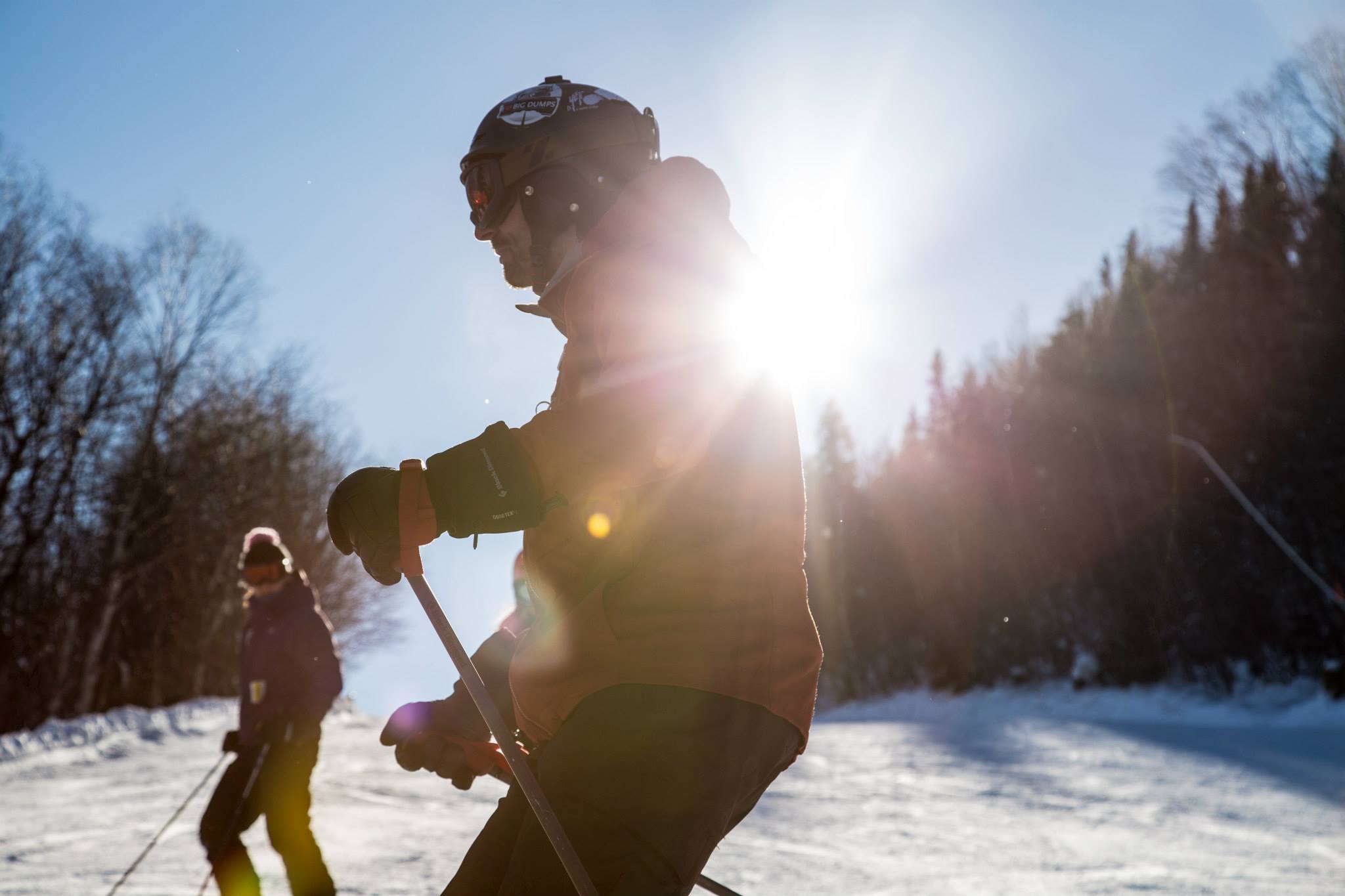


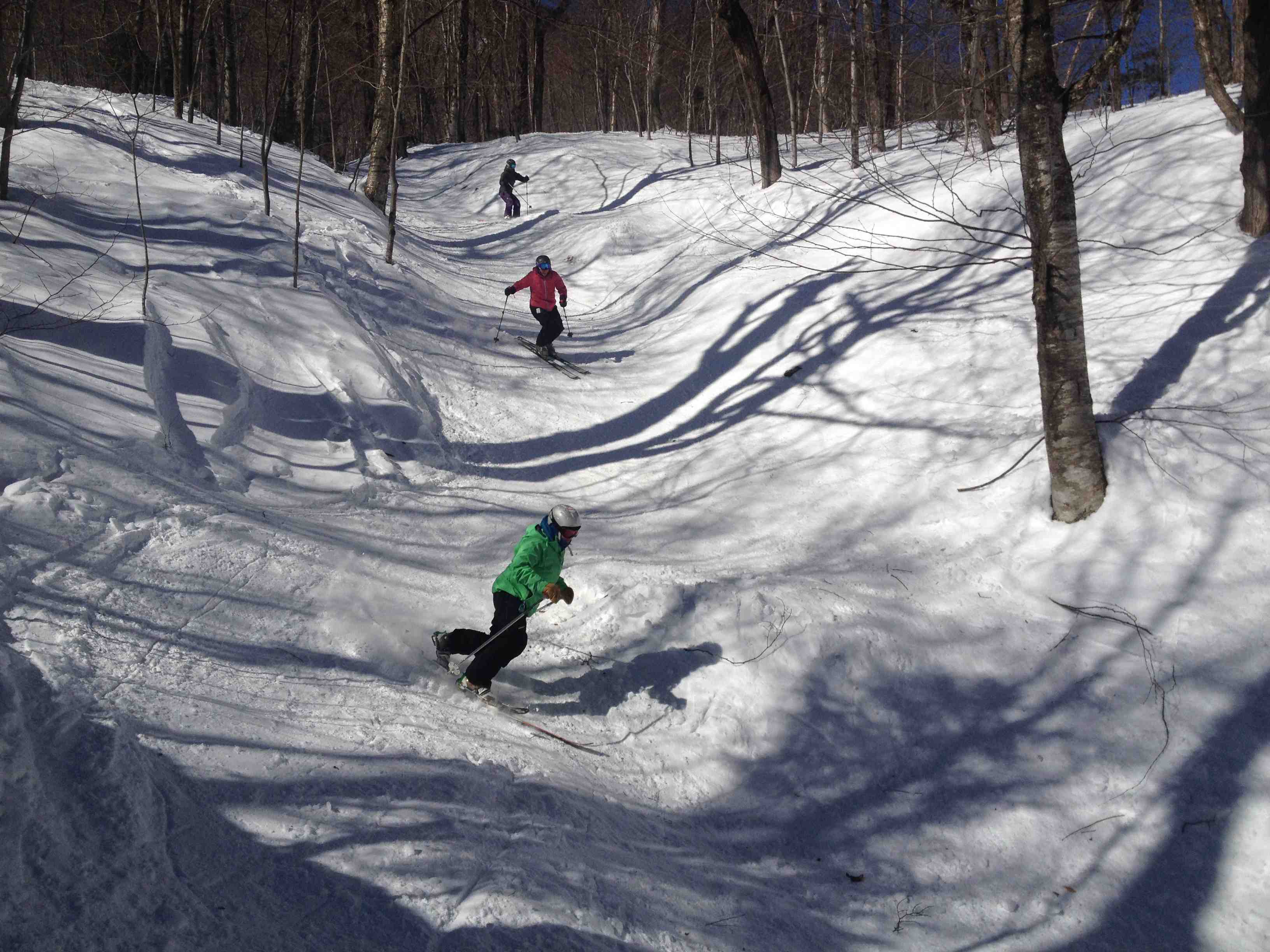
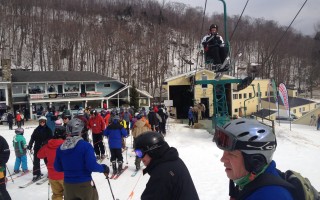

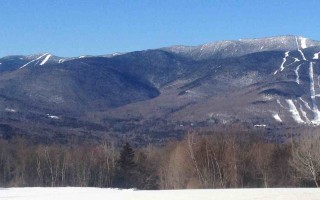
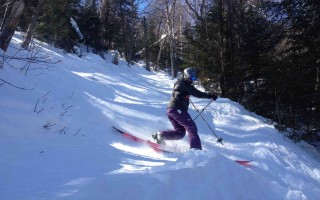

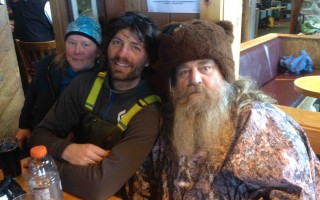
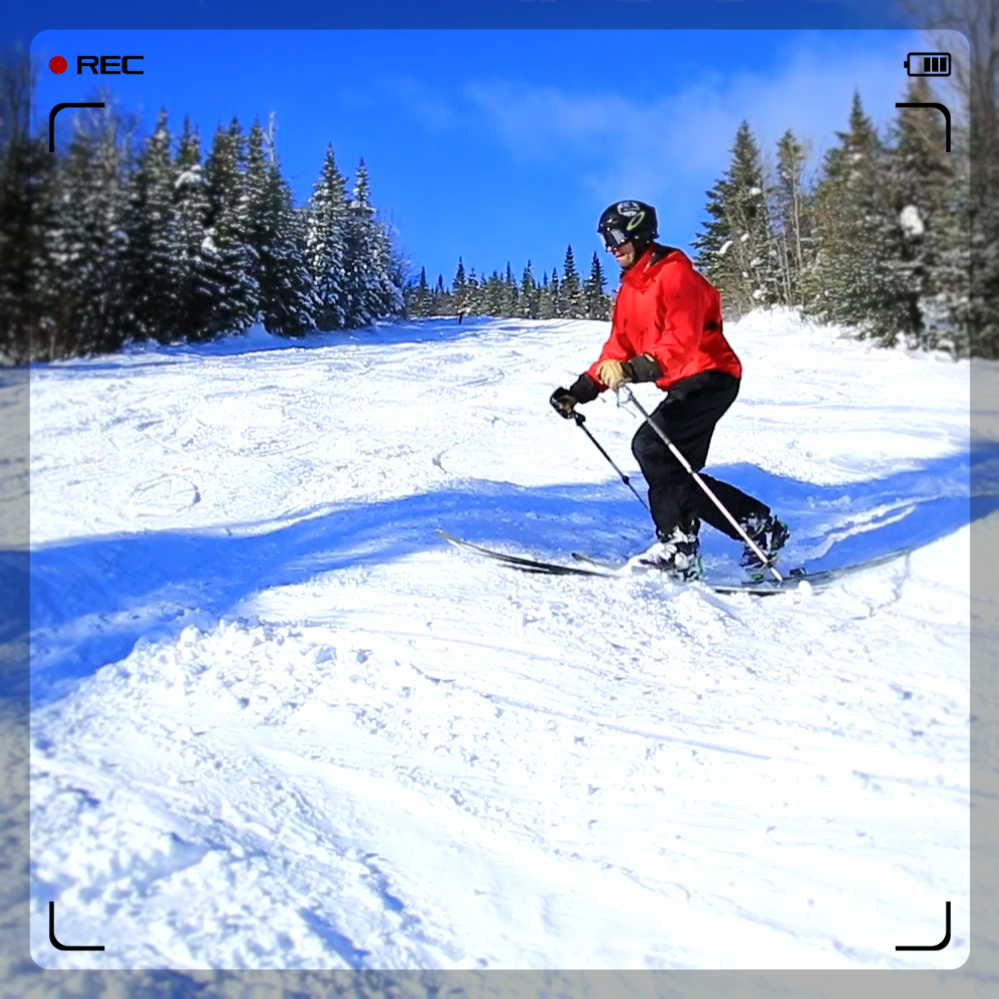

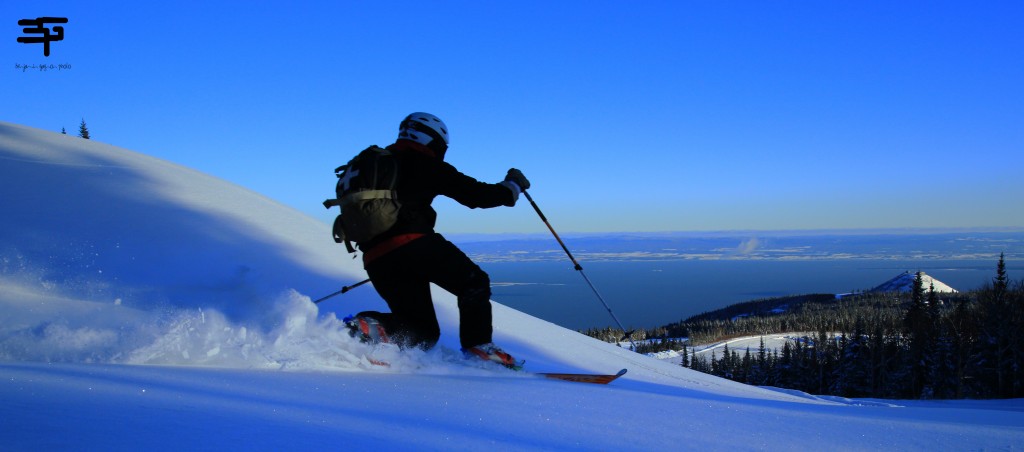
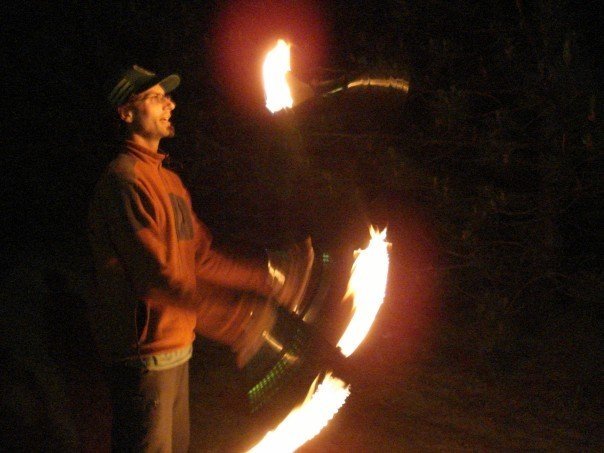




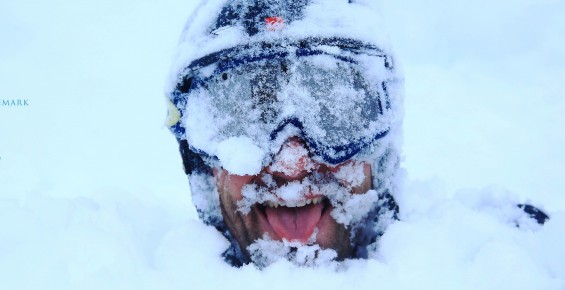
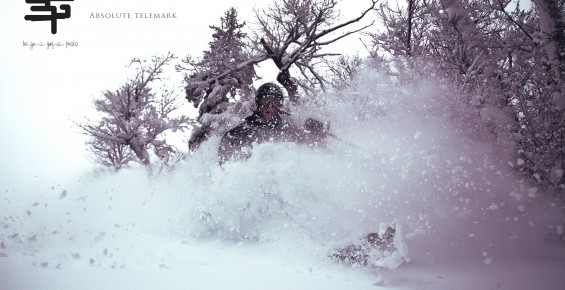

What others think about it